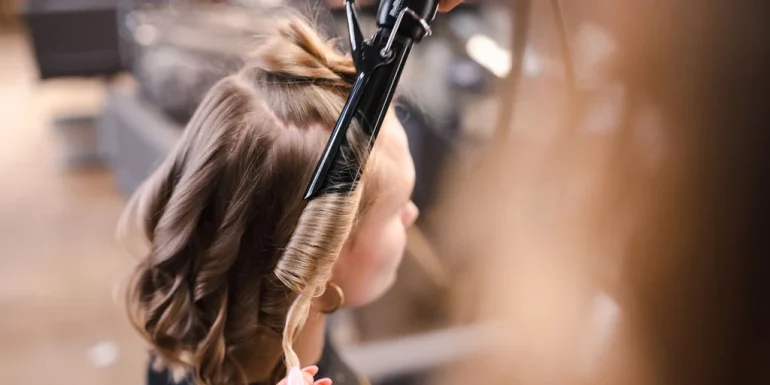Filtration is a crucial step in water purification because it allows for removing suspended particles and microorganisms. Remember that not all contaminants are large enough to be removed by traditional mechanical methods, so they need to go through another process to be filtered out. This is where filtration solutions come into play – they work on different levels to remove both colloidal particles (30–300 nanometres) and dissolve impurities easily. Without these solutions, your drinking water would likely contain bacteria, viruses, cysts, and other microbes, which can cause serious harm if ingested.
They remove microbial impurities like bacteria, viruses, and protozoa. These contaminants are small enough to pass through most water purifier systems without treatment, which means they can cause severe illnesses if ingested. They also act as a disinfectant by destroying these harmful organisms through UV light (which later breaks down into harmless components). Filtration solutions fall under two categories: membrane and adsorption.
There are millions of different filters globally like cabin air filters, and most people don’t know what they do. This article will go through some ordinary filters and their uses to help you decide which filter is suitable for your needs. The first type is a paper filter, and these filters come in all shapes and sizes. Paper is widely available in most countries and can be used at home or in a professional setting. These filters will need to be replaced every so often when holes start to show up. However, if you’re looking for something easy on the wallet, this would be the right choice for you.

Next, we have the absolute cheapest option: cloth or string-based filtration. While not as readily available as paper filters, these options are more than sufficient if you want to filter something like wine or make a cold brew coffee. They can also be reused for quite some time and picked up in the right setting (a cloth specialist store). A downside is that they take a bit more effort to get ready, but once you mash the leaves into them, then you’re good to go.
Last we have our Stainless steel filters; not only helpful for filtering tea but also quite popular in recent years due to their effectiveness and ease of use. These need quite some preparation beforehand (stainless steel balls need to be put in first), but after that’s done, it’s smooth sailing from there onwards. While this is the priciest option of all three discussed here, it’s also the most effective and can be used for many cool things, such as cold brew coffee.
The three options discussed here are just some examples of what filters exist out there; while we didn’t go into specific models on this occasion, you should know that all of these solutions will get the job done and help you make some excellent tea! So which one did you like best? And more importantly: do you have another type of filter in mind? Share your thoughts in our comments section below so we can hear from you.






